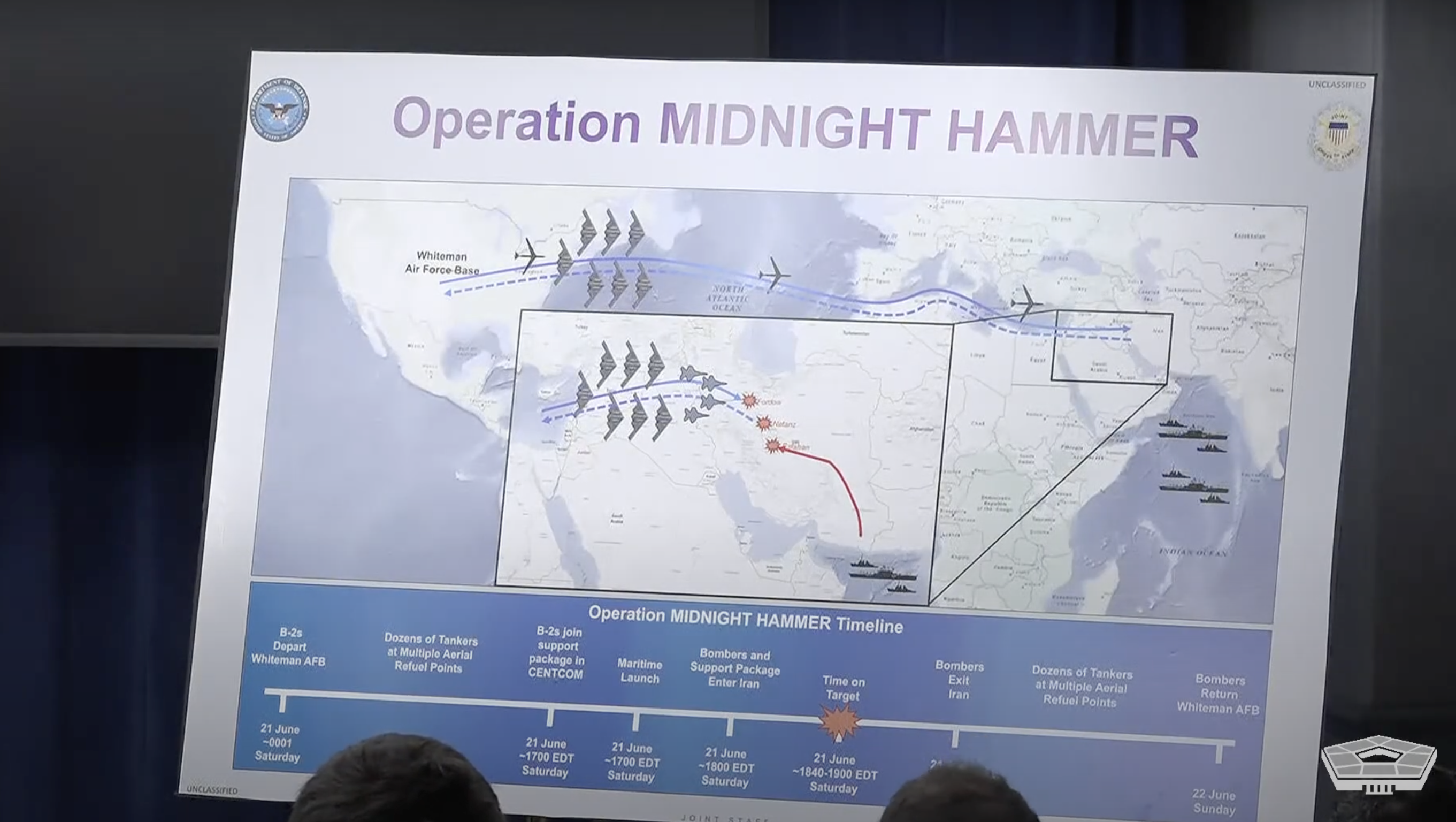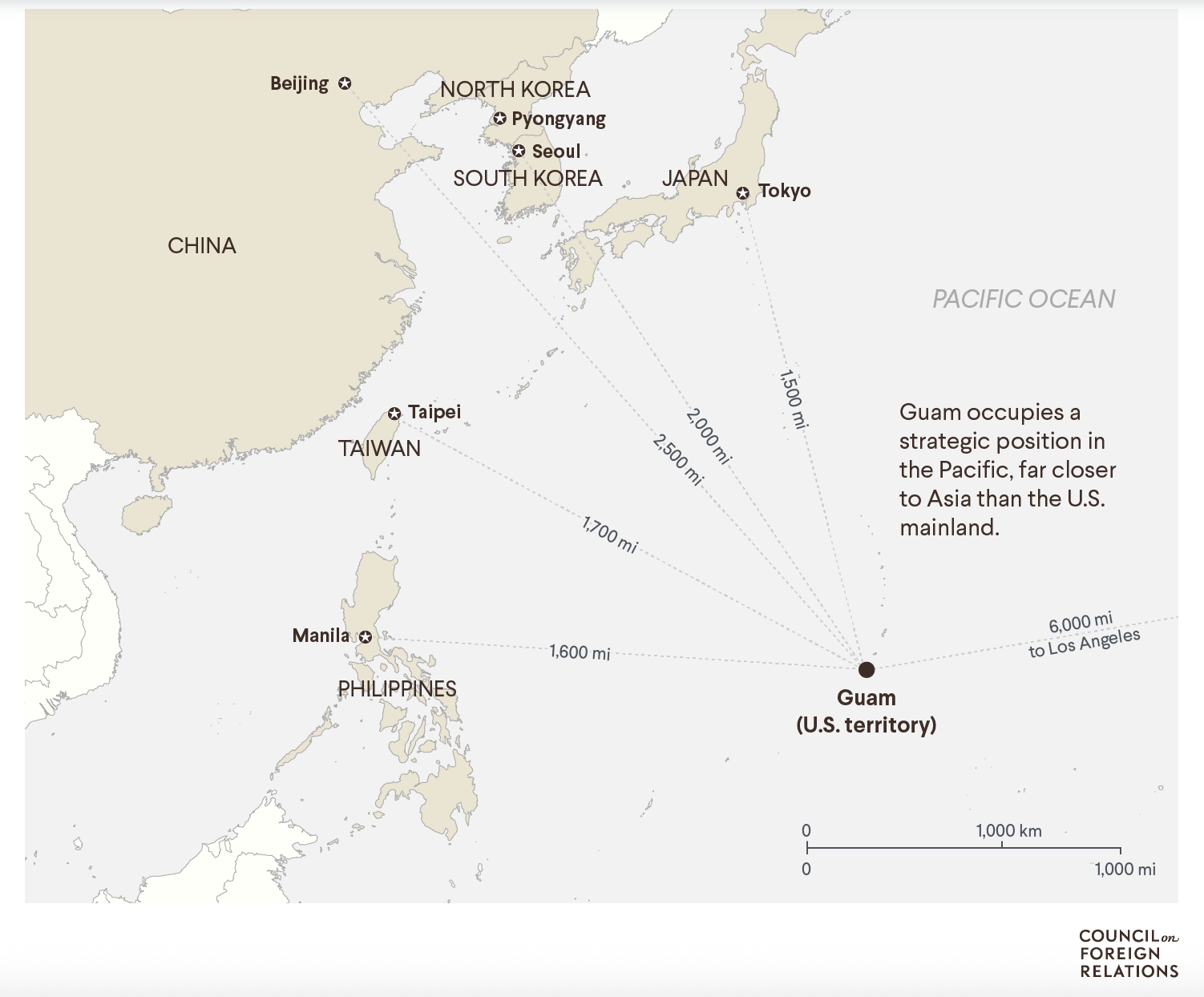Journal Staff
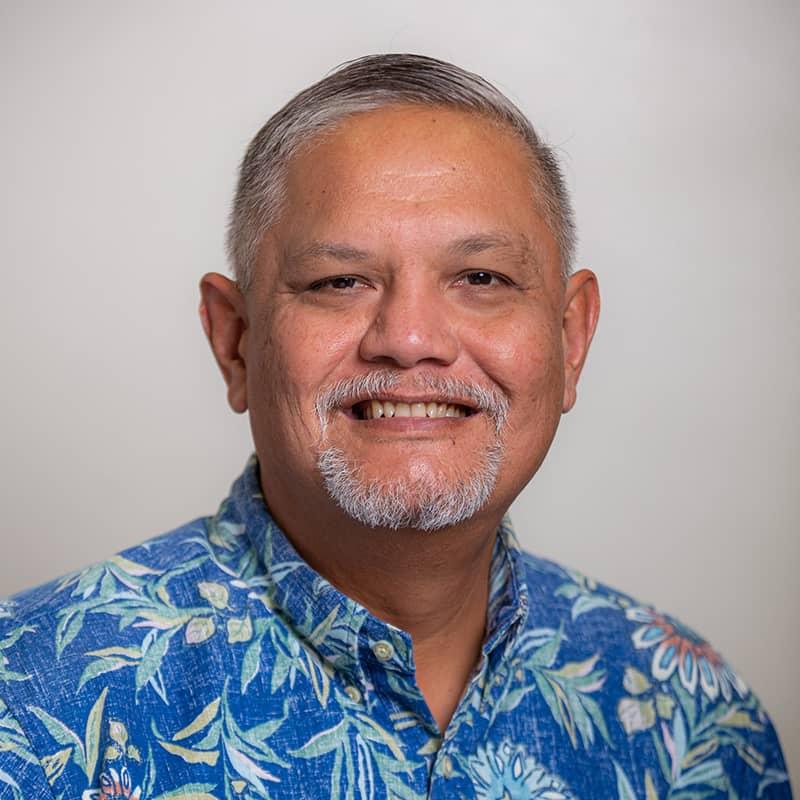
A number of driving schools have sprung up on the island to meet that need. But teaching standards can vary and so can lessons and what they deliver as new drivers take to the roads.
Colleen and Leslie Smith are co-owners of Better Drivers Driving Education, a longtime and established business. Their school is situated along Route 16 in Harmon on the second floor of the Kohler building.
“The current demand is ongoing because it’s mandatory,” Leslie Smith said.
“If you need driver’s ed, you’re not going to have a hard time finding it. And if you want the cheapest one, you won’t have a hard time finding it.”
The Smith’s came to Guam in 1995 as the industry was expanding in response to the Safe Streets Act of 1994. They’ve seen the business grow and shift alongside local regulations.
Colleen Smith said that their clientele spans a wide demographic from ages 15 to 60. “We get people of all different ages… probably half of them are teens and half are adults.”
Aside from longevity, reputation and reliability have contributed to steady business for the Smiths.
“We get a lot of customers from Chuuk because we’re well-known in the Micronesian community,” Colleen Smith said.
While the number of driving schools has increased, the Smiths say competition isn’t just about quantity — it’s about quality. “The simple answer is competition. And not necessarily all competition holds the same standard,” Leslie Smith said.
Pricing is a constant balancing act, he said. “We’re not a bargain brand driver’s school… but we’re charging about the going rate.”
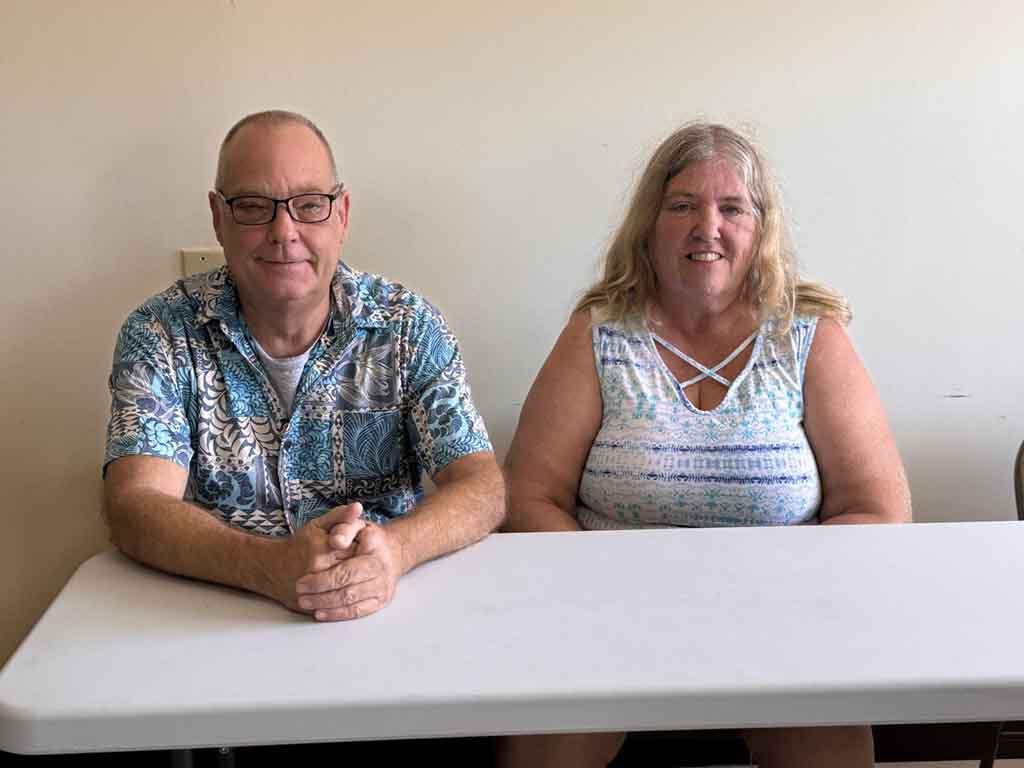
Better Drivers charge $90 for classroom or online instruction and offer two-hour behind-the-wheel sessions starting at $90 to $100, depending on skill level.
The Smiths offer both classroom and road instruction, with a strong emphasis on online learning since the pandemic. “I was poised to do online before anyone else was… but during the pandemic, I found a platform that does courses… it’s reviewable, got chapters, and they can do everything through the website,” Colleen Smith said.
The pair purposefully remain a two-instructor operation. “It’s the only way to control our output,” she said. “We don’t really want so much business that we have to hire somebody that might change our reputation.”
Leslie Smith said, “Let’s be real. Driving on the road is a little more difficult than in the classroom.”
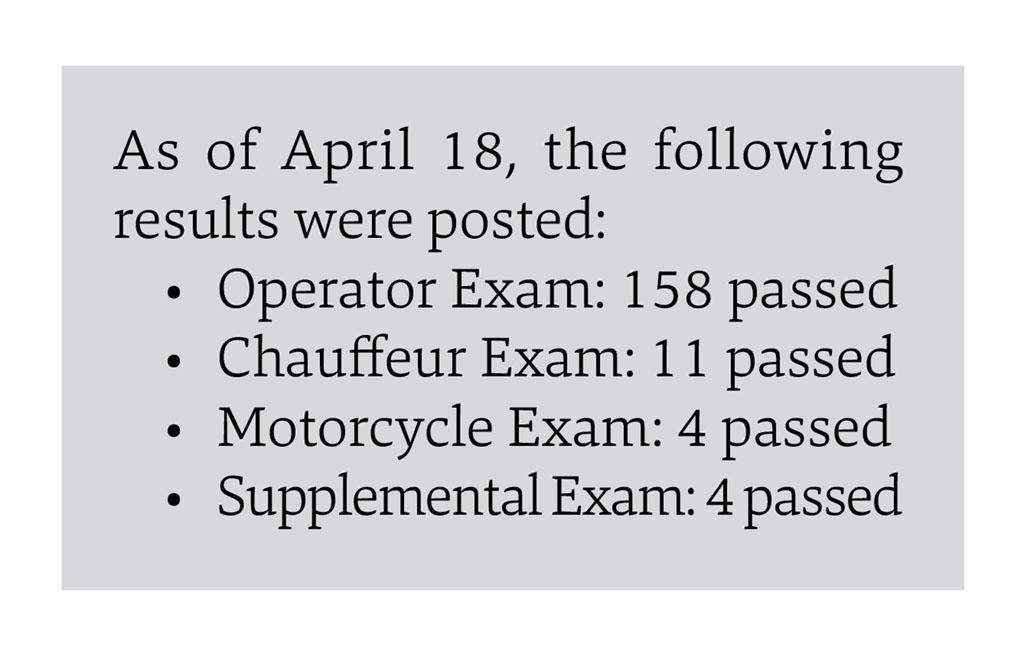 A major issue in Guam’s driver’s education landscape, according to the Smiths, is the merging of driver education with driver testing — a function they believe should belong solely to the government.
A major issue in Guam’s driver’s education landscape, according to the Smiths, is the merging of driver education with driver testing — a function they believe should belong solely to the government.“Driver education should never have been conflated with driver testing. That’s a government function that the government dropped the ball on… and instead of outsourcing it to appropriate professionals, they outsourced it to driving schools,” Leslie Smith said. “We’re not one of those driving schools that said, ‘Hey, I want to do road testing.’ Don’t ask me to do road testing. I don’t want to have anything to do with it.”
He pointed to longstanding regulatory confusion. “The only guidance that we have is the public law that was passed, called the Safe Streets Act of 1994. The Department of Motor Vehicles, Revenue and Tax failed to propagate rules
and regulations.”
The Smiths described a broader set of challenges for residents and businesses trying to comply with licensing requirements, particularly military families and off-island hires.
“Businesses in Guam need to know if they’re hiring off-island people to vet their people about their license before they get here… They need to know that five-year rule,” Colleen Smith said, referencing Guam’s requirement that a license must be held for five years to qualify for transfer.
Leslie Smith said, “If a teenager of a military family wants to get a Guam license, a parent has to have a Guam license… I think it should be a valid state driver’s license.”
Despite the complications, the Smiths remain grounded in their mission. “I feel like when I have a 16-year-old and I spend two hours with them, 45 minutes of that is talking about long-term risk reduction. I’d rather you fail that test 10 times than hurt yourself,” Leslie Smith said.
After 30 years in business, the Smiths see better drivers — not just licensed ones — as their true goal. “That’s what we’re here for. That’s why we don’t do road testing,” Leslie Smith said. “What the law says, what the community desires, what the market will bear, what my heart tells me, and what the kids deserve — those are all different things.”
Better Drivers Driving Education can be reached by phone at (671) 483-3748 or visit its website at guamdrivingschool.com for more information on class schedules, pricing, and enrollment options.
Those preparing for a Guam’s driver’s written exam must first schedule an appointment with the Department of Motor Vehicles in Barrigada or online at myid.guam.gov.
After scheduling, DMV submits a roster every Thursday to the University of Guam’s Global Learning and Engagement team, which administers the written exams every other Friday. Testing sessions are limited to 75 individuals.

Exams are offered in several time slots: 9:40 a.m., 11:00 a.m. (a session for Languages Other Than English, or LOTE), 12:50 p.m., 2:10 p.m., and 3:30 p.m.
GLE provides translators and native speakers for multiple languages, including Japanese, Chinese, Korean, Tagalog, Chuukese, and Palauan, among others.
“The first two sessions are usually full,” Carlos R. Taitano, director of Global Learning and Engagement; told the Journal. “However, the later sessions usually have seats available.”
All test takers must present valid photo identification and pay a fee — $15 for the standard exam and $35 for LOTE exams. The payment is cash only. On test day, individuals must check in at the UOG GLE office on the second floor at Annex A at the Mangilao campus.
Test results are compiled and sent to DMV the following week. Scores are posted online and at the UOG Edward M. Calvo Field House every Wednesday. Only the names of individuals who pass the exam are published. mbj
















